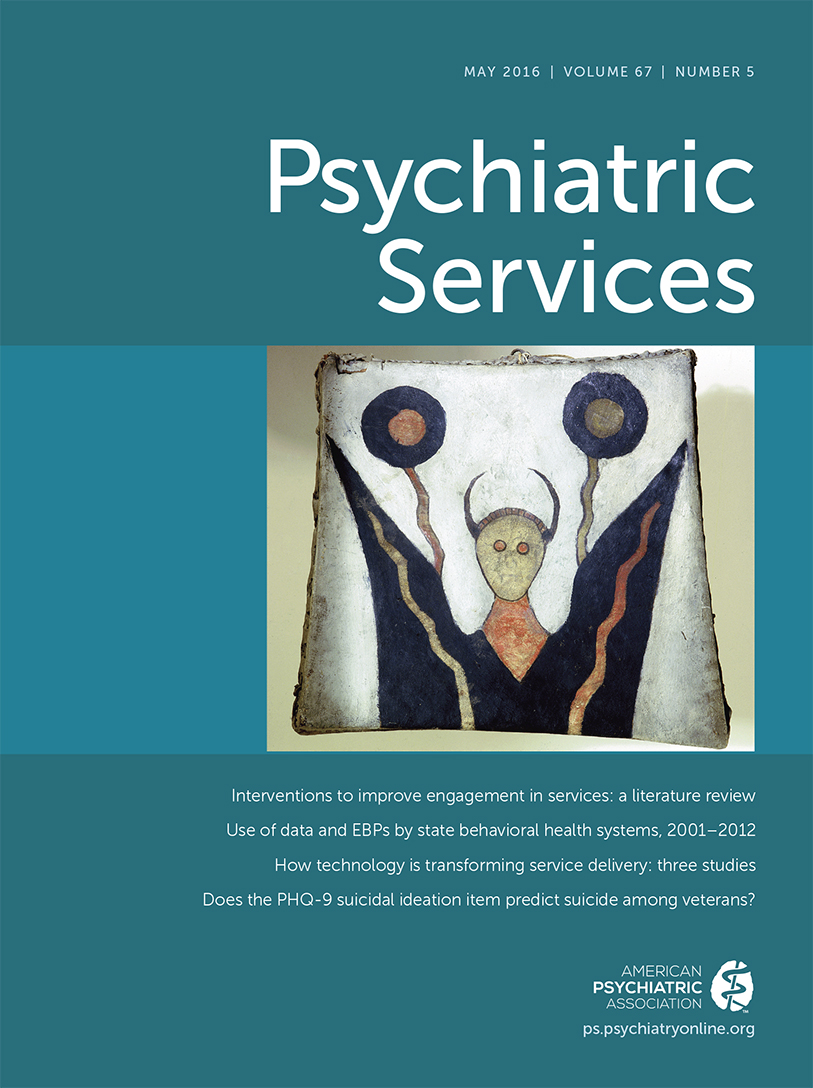PTSD and Use of Outpatient General Medical Services Among Veterans of the Vietnam War
Abstract
Objective:
The primary goal of this analysis was to assess whether recent use of outpatient services for general medical concerns by Vietnam veterans varies according to level of posttraumatic stress disorder (PTSD) symptomatology over time. Another goal was to determine whether PTSD symptomatology was associated with veterans’ reports of discussing behavioral health issues as part of a general medical visit.
Methods:
Self-reported service use data and measures of PTSD were from a nationally representative sample of 848 male and female Vietnam theater veterans (individuals who were deployed to the Vietnam theater of operations) who participated in the National Vietnam Veterans Longitudinal Study, a 25-year follow-up of a cohort of veterans originally interviewed from 1984–1988 as part of the National Vietnam Veterans Readjustment Study. Four categories of PTSD symptomatology course over 25 years were defined, and logistic regression models were used to assess their relationship with recent use of outpatient general medical services.
Results:
Male and female theater veterans with high or increasing PTSD symptomatology over the period were more likely than those with low symptomatology to report recent VA outpatient visits. Males in the increasing and high categories were also more likely to discuss behavioral health issues at general medical visits.
Conclusions:
Vietnam veterans with high and increasing PTSD symptomatology over time were likely to use VA outpatient general health services. Attention to stressors of the aging process and to persistence of PTSD symptoms is important for Vietnam veterans, as is addressing PTSD with other psychiatric and medical comorbidities within the context of outpatient general medical care.



